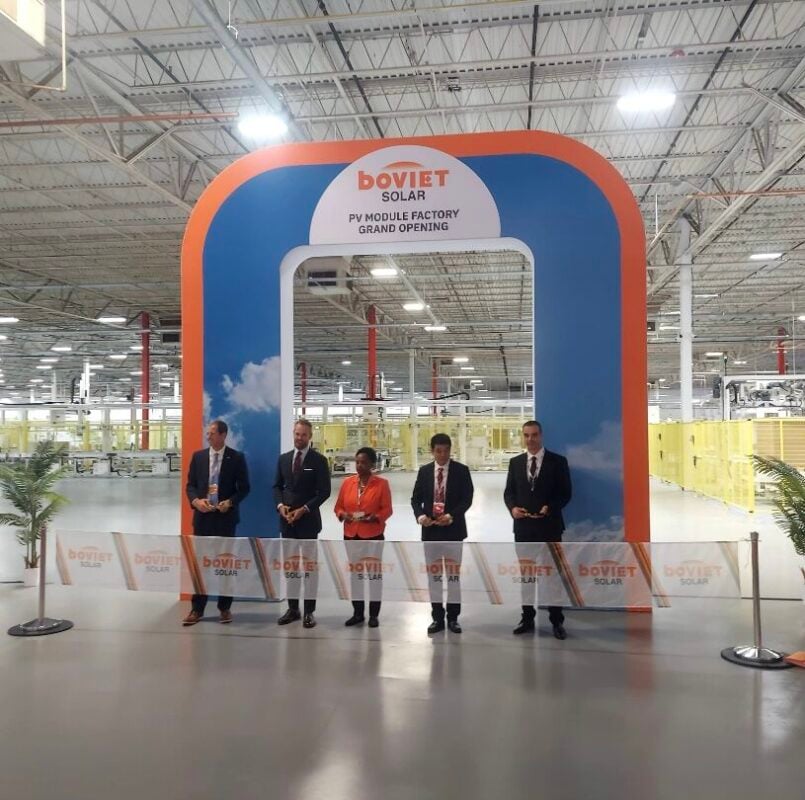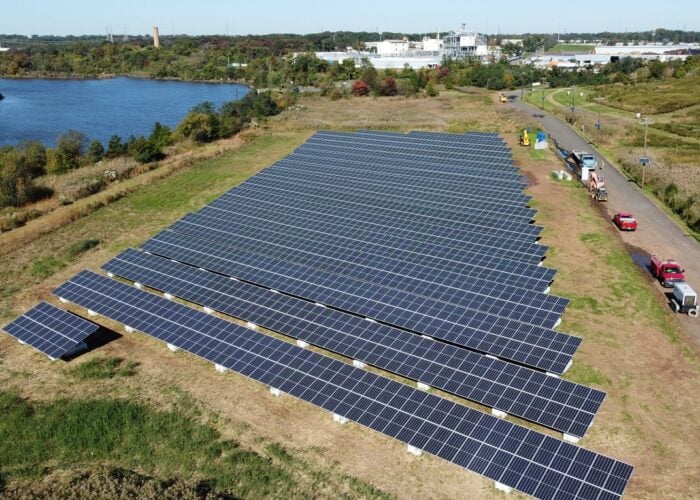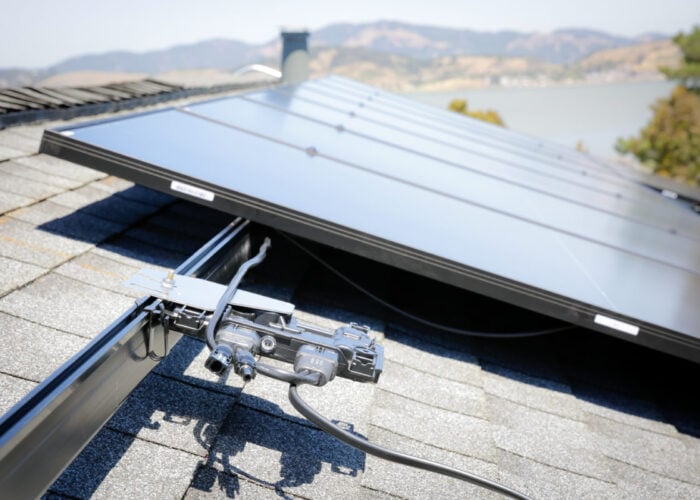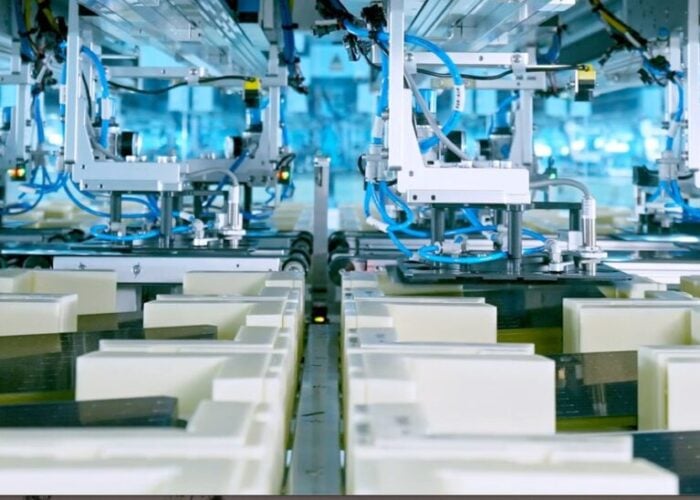
Vietnamese solar manufacturer Boviet Solar has opened its first US module assembly plant with an annual nameplate capacity of 2GW.
The finalisation of the 2GW module assembly plant comes less than a year after the company unveiled its plans to build a solar cell and module plant in Greenville, Pitt County, North Carolina. Construction of the module plant began in October 2024.
Unlock unlimited access for 12 whole months of distinctive global analysis
Photovoltaics International is now included.
- Regular insight and analysis of the industry’s biggest developments
- In-depth interviews with the industry’s leading figures
- Unlimited digital access to the PV Tech Power journal catalogue
- Unlimited digital access to the Photovoltaics International journal catalogue
- Access to more than 1,000 technical papers
- Discounts on Solar Media’s portfolio of events, in-person and virtual
Or continue reading this article for free
With an investment of US$294 million, the module assembly plant will use advanced PERC and n-type solar cells to build the company’s Gamma Series monofacial and Vega Series bifacial modules, which are catered for the residential, commercial and industrial (C&I) and utility-scale segments.
This represents the first phase of the company’s manufacturing plans in the US, with the second phase including the construction of a solar cell processing plant, covering nearly 600,000 square feet, with an annual nameplate capacity of 2GW and an additional investment of US$100 million.
Boviet Solar expects its second phase facility to begin operations in the second half of 2026.
Marco Marques, general manager of Boviet Solar USA Manufacturing Operation, said: “This facility allows us to manufacture high-performance PV modules on American soil, strengthening domestic clean energy supply chains and making meaningful contributions to North American energy independence and economic growth.”
US need for domestic solar cell capacity
Construction of domestic solar cell capacity has become more important than ever in the US, after the US Department of Commerce (DOC) issued steep anti-dumping (AD) and anti-subsidy tariffs against solar cell imports from Thailand, Vietnam, Malaysia and Cambodia. The US imports the vast majority of its solar products from these four Southeast Asian countries.
Commerce applied final AD rates of up to 125.37% and anti-subsidy (CVD) rates of up to 3,403.96% to solar cells imported from Cambodia; up to 81.24% AD and up to 168.8% CVD rates to Malaysian products; up to 202.9% AD and up to 799.55% CVD to Thailand; and up to 271.28% AD and up to 542.64% CVD to Vietnam.
Last year, energy market analyst Clean Energy Associates (CEA) predicted that the case could cause a solar cell supply “bottleneck” to the US.
The country currently faces a disparity between operational module capacity, which surpassed 50GW of annual nameplate capacity earlier this year, and operational cell manufacturing capacity. During the third quarter of 2023, the US saw the first solar cells being produced again in the country after five years, with just 2GW of operational nameplate capacity for solar cells, according to data from trade association the Solar Energy Industries Association (SEIA).
PV Tech publisher Solar Media will be organising the fourth edition of Large Scale Solar USA in Dallas, Texas 29-30 April. After a record year for solar PV additions in the US, the event will dive into the ongoing uncertainties on tariffs, tax credits and trade policies as more domestic manufacturing becomes operational. Other challenges, such as the interconnection queues and permitting, will also be covered in Dallas. More information, including how to attend, can be read here.







